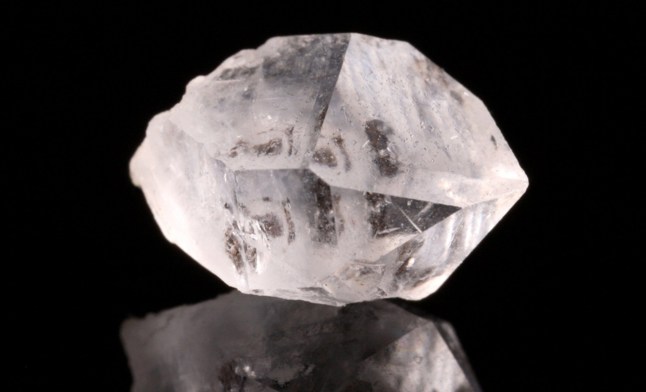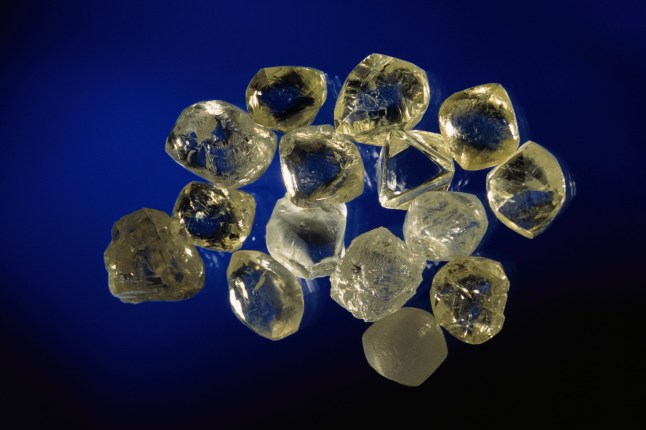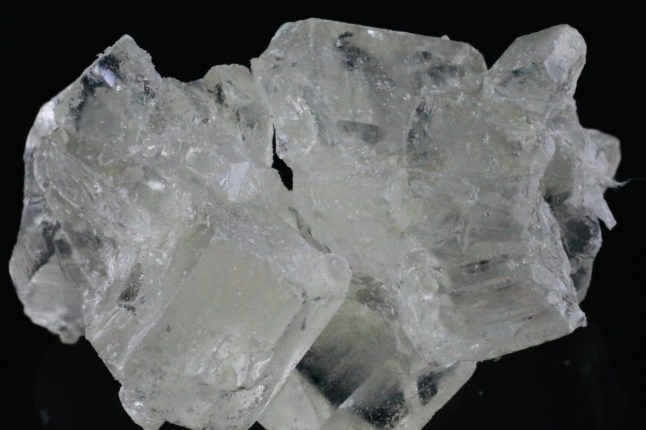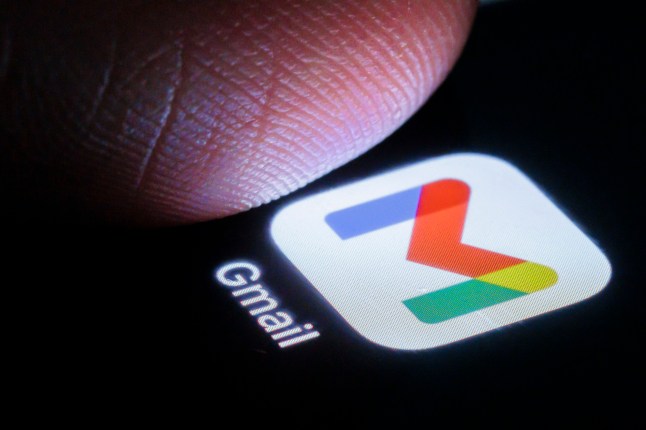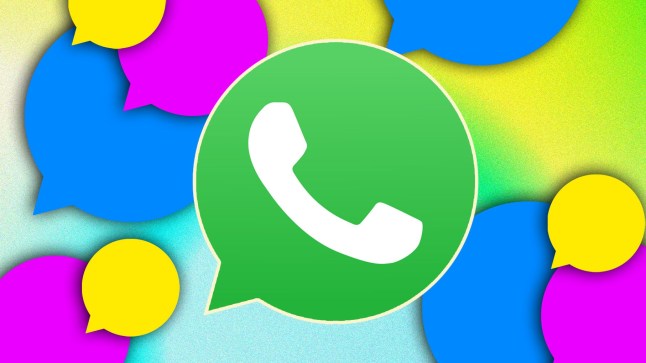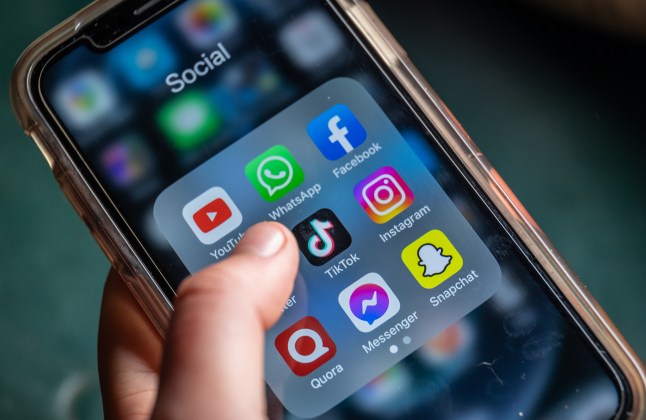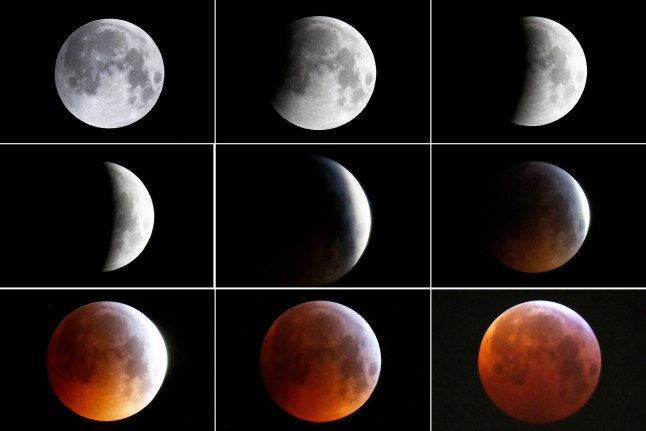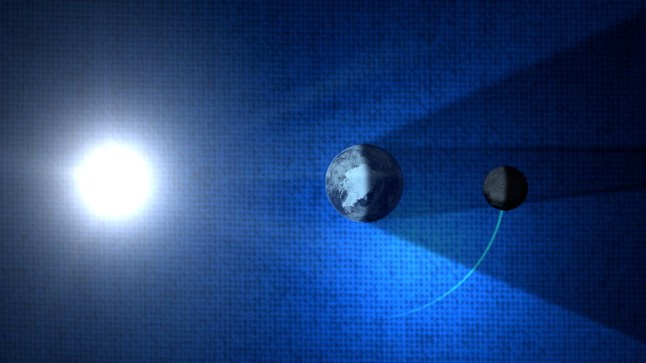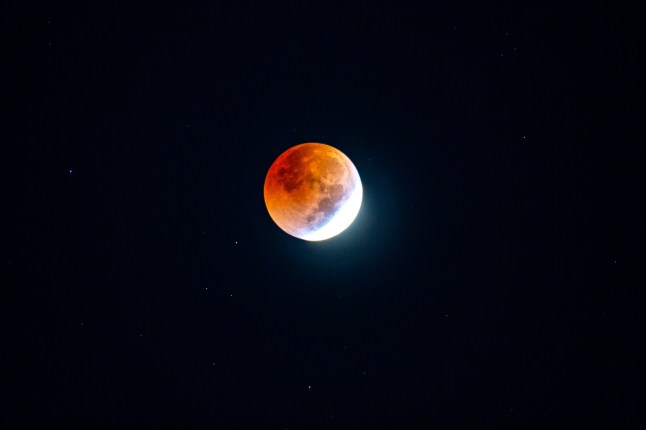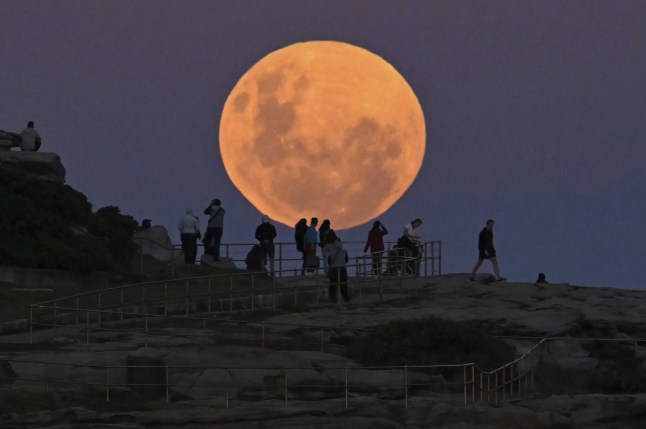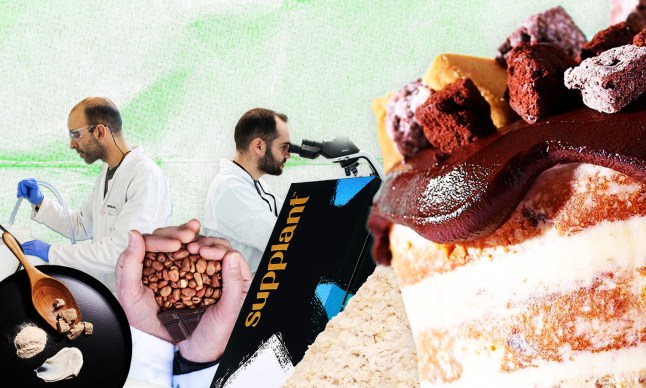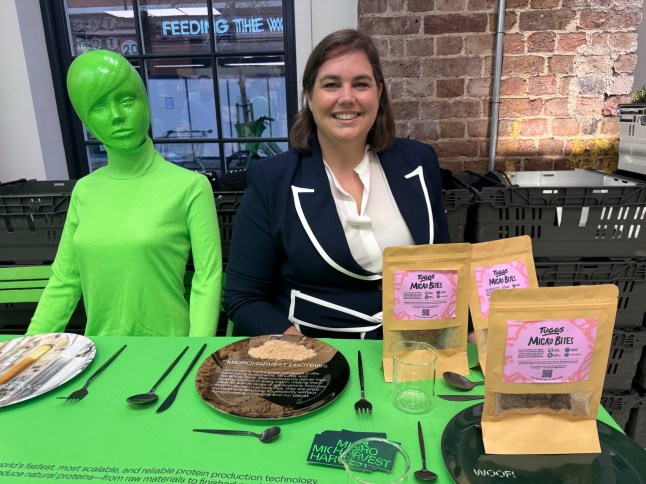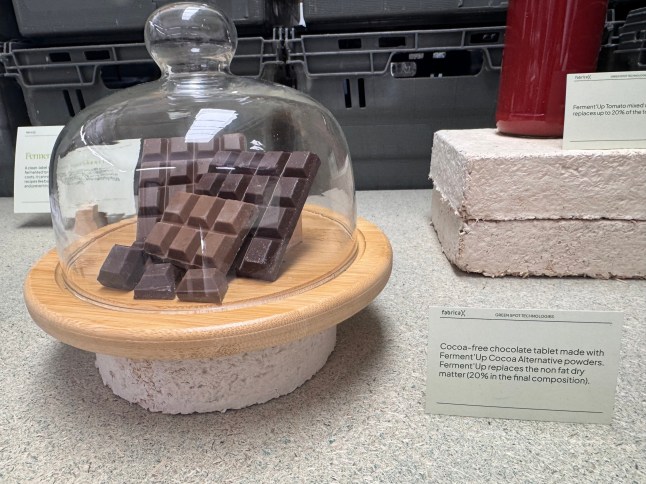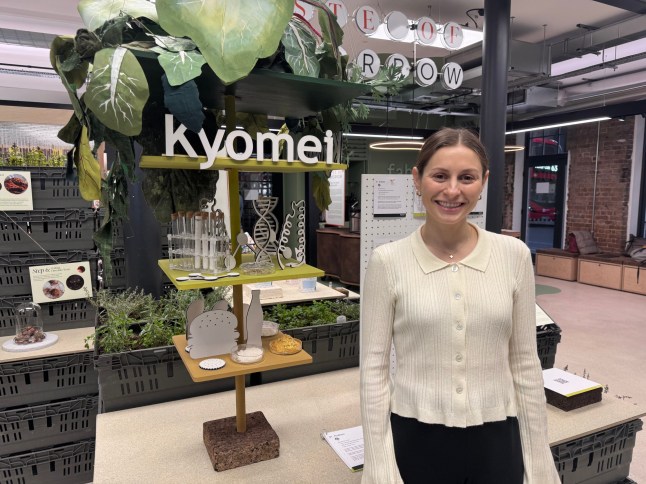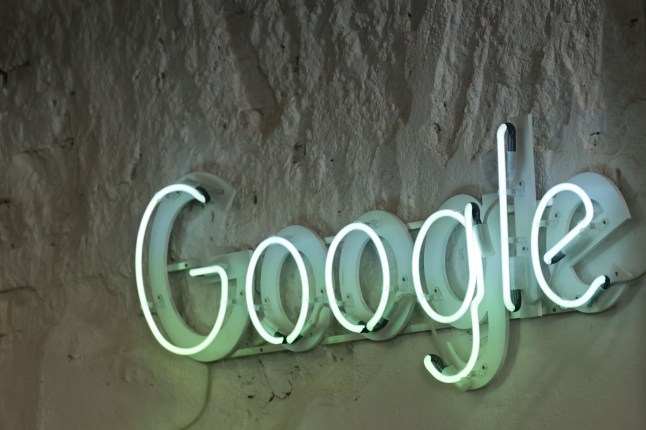To view this video please enable JavaScript, and consider upgrading to a web
browser that
supports HTML5
video
Nasa has increased the odds once again of ‘city killer’ asteroid YR4 whacking into Earth in 2032.
The chance of a direct hit is now around 1 in 38, a change from only 1 in 43 a few days ago.
It had been hoped that examining the space rock more closely would reassure us, however more we learn the more likely it seems, with the current assessment now standing at 2.6%, an increase from 2.3%.
At the beginning of February, the odds of this space rock striking us was only 1.33%, or about a one-in-53 chance.
While it is still much more likely to glide on by, the prospect of part of the planet getting a taste of the dinosaurs’ last days is causing concern.
Chris Hadfield told how the asteroid would essentially act like a giant grenade being hurled from the heavens if it came our way.
The retired astronaut and former commander of the International Space Station said this space rock could potentially strike with a force 500 times more powerful than the atomic bombs which ended World War Two.

‘Think of the destruction we wraught on each other during Hiroshima and Nagasaki,’ he said. ‘This is 500 times more powerful, just because of the energy of it coming through the atmosphere, causing shockwaves, and because of the heating, exploding.
‘It’s like a grenade. A grenade is no bigger than your fist, but it can do damage over a wide area. This is a grenade that’s 60 metres across.’
The rock was like a ‘bullet zeroing in on Earth from deep space’, travelling at around 17 kilometres per second,’ he added while speaking with LBC.
So far, so terrifying – and if you hoped learning more about the asteorid would be reassuring, that’s not necessarily true.
Commander Hadfield said indications so far were that the asteroid was more likely to be ‘stony’ and could potentially reach the ground and make a crater, rather than break apart with a mid-air explosion.
To view this video please enable JavaScript, and consider upgrading to a web
browser that
supports HTML5
video
It is thought to be up to 100m across, and could badly affect a ground area of 1,000 square miles if there was an air burst,
Of course, the likelihood is still that it will pass us by. Even if not, it’s more likely to splash down in the ocean than blast London or Manhattan apart.
Still though… a 2.3% chance means you’d be less likely to bump into a friend in town, or lose your luggage at the airport. It’s the kind of hairy statistic that means we’d probably like to take precautions just in case.
This weekend, celebrity astrophysicist Neil deGrass Tyson also hammered home the potential dangers (even with a lower chance of impact assessed at that time), saying: ‘At the moment, mansion-sized Asteroid 2024-YR4 has a one-in-fifty chance of hitting Earth in the next eight years.
‘Now might be a bad time to reduce spending on Science. Just sayin’.
Last week, experts modelled what the possible impact of 2024 YR4 – equal to 15,000,000 tons of TNT – could look like.
The potential scale of this asteroid strike is causing such fear among experts it was given a hazard-measuring Torino scale of 3, which is is the second highest rating ever given.
Nasa’s James Webb telescope will look at it as closely as possible over the coming months, before it zips too far away from us again in April. This should give some indication about how worried we really need to be.
If it does seem like it will meet us on December 22, 2032, it will be a scramble to prepare a planetary defence mission – and it’s possible we’re already too late to do this with a tested method.
Slamming into the asteroid with a spaceship, like when the DART mission hit Dimorphos, might not alter its trajectory fast enough to get us into the safe zone.
Dr Robin George Andrews, author of How to Kill an Asteroid, told Metro last week that an emergency situation might come down to trying to blast the asteroid with a nuclear bomb in space, or simply getting out of the way.
Get in touch with our news team by emailing us at webnews@metro.co.uk.
For more stories like this, check our news page.

